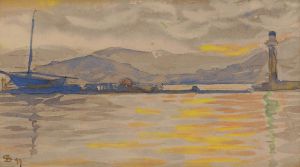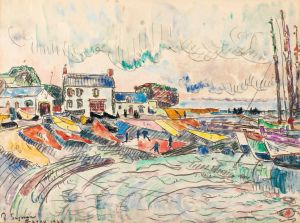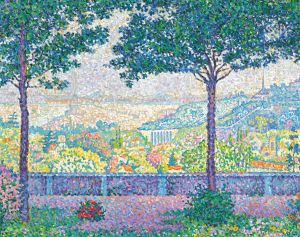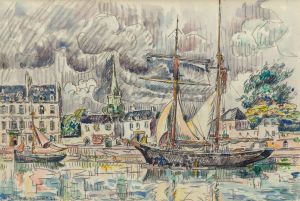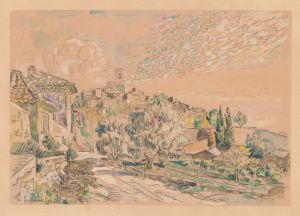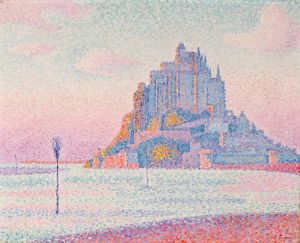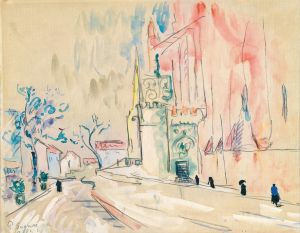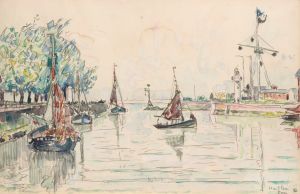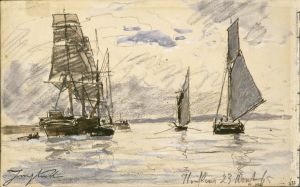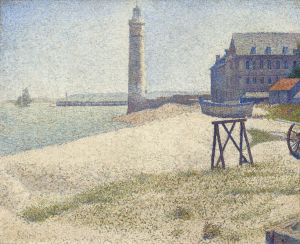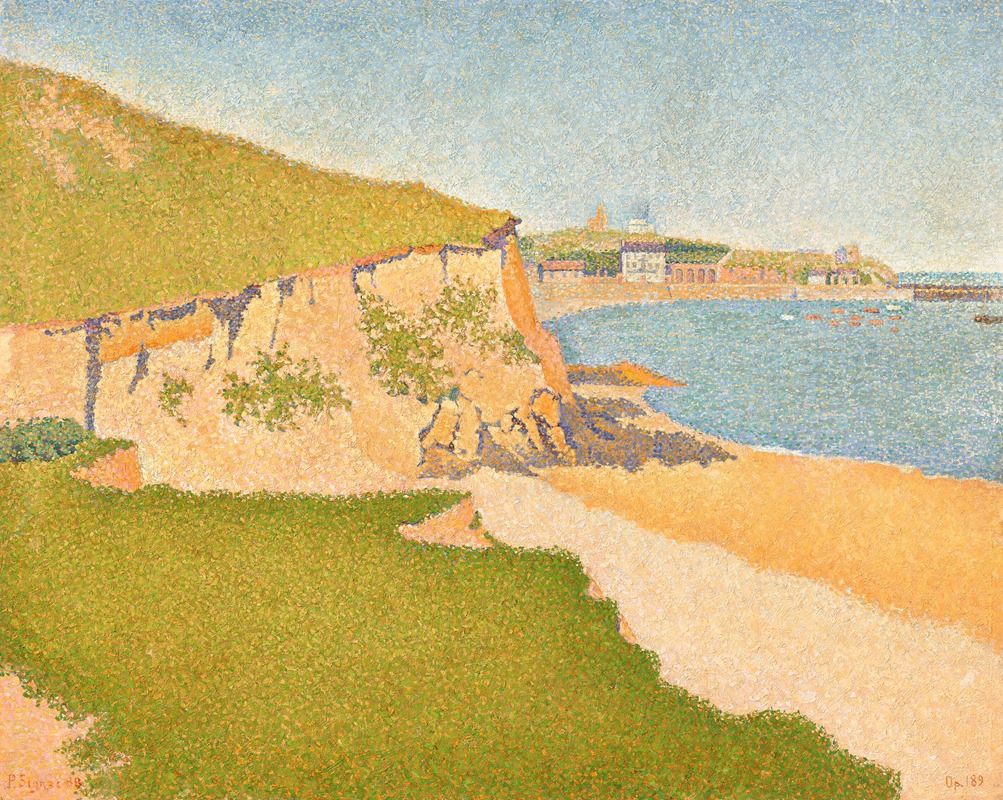
Portrieux, Tertre Denis
A hand-painted replica of Paul Signac’s masterpiece Portrieux, Tertre Denis, meticulously crafted by professional artists to capture the true essence of the original. Each piece is created with museum-quality canvas and rare mineral pigments, carefully painted by experienced artists with delicate brushstrokes and rich, layered colors to perfectly recreate the texture of the original artwork. Unlike machine-printed reproductions, this hand-painted version brings the painting to life, infused with the artist’s emotions and skill in every stroke. Whether for personal collection or home decoration, it instantly elevates the artistic atmosphere of any space.
Paul Signac was a prominent French Neo-Impressionist painter known for his role in developing the Pointillist style alongside Georges Seurat. One of his notable works is "Portrieux, Tertre Denis," which exemplifies his mastery of color and technique. Signac was born in Paris in 1863 and initially pursued architecture before dedicating himself to painting. His encounter with Impressionism and subsequent friendship with Seurat greatly influenced his artistic direction.
"Portrieux, Tertre Denis" is a painting that reflects Signac's fascination with the effects of light and color, a hallmark of the Neo-Impressionist movement. This movement, also known as Divisionism or Pointillism, was characterized by the use of small, distinct dots of color applied in patterns to form an image. This technique was based on contemporary optical theories, which suggested that juxtaposed dots of pure color would blend in the viewer's eye, creating more vibrant and luminous effects than traditional methods of mixing pigments.
The painting depicts a scene in Portrieux, a coastal area in Brittany, France. Signac was known for his love of the sea and often depicted maritime scenes, capturing the interplay of light on water and the vibrant colors of the coastal landscape. In "Portrieux, Tertre Denis," Signac employs his signature Pointillist technique to render the natural beauty of the region. The painting likely features the rocky terrain and the unique light of the Brittany coast, elements that Signac found particularly inspiring.
Signac's work is noted for its meticulous attention to detail and its vibrant use of color. In "Portrieux, Tertre Denis," he would have used a palette of bright, contrasting colors to capture the essence of the scene. His technique involved placing tiny dots of pure color side by side, allowing the viewer's eye to blend them at a distance. This method not only enhanced the luminosity of the painting but also gave it a dynamic quality, as the colors seemed to shimmer and change with the viewer's perspective.
Throughout his career, Signac remained committed to the principles of Neo-Impressionism, even as other artists moved towards different styles. He was a prolific painter and also an influential figure in the art world, serving as president of the Société des Artistes Indépendants and mentoring younger artists. His theoretical writings on color and technique further cemented his legacy as a key figure in the development of modern art.
"Portrieux, Tertre Denis" is a testament to Signac's skill and vision as an artist. It captures the serene beauty of the French coast while showcasing the innovative techniques that defined his work. Today, Signac's paintings are celebrated for their contribution to the evolution of modern art, and "Portrieux, Tertre Denis" remains an important example of his artistic achievements.






